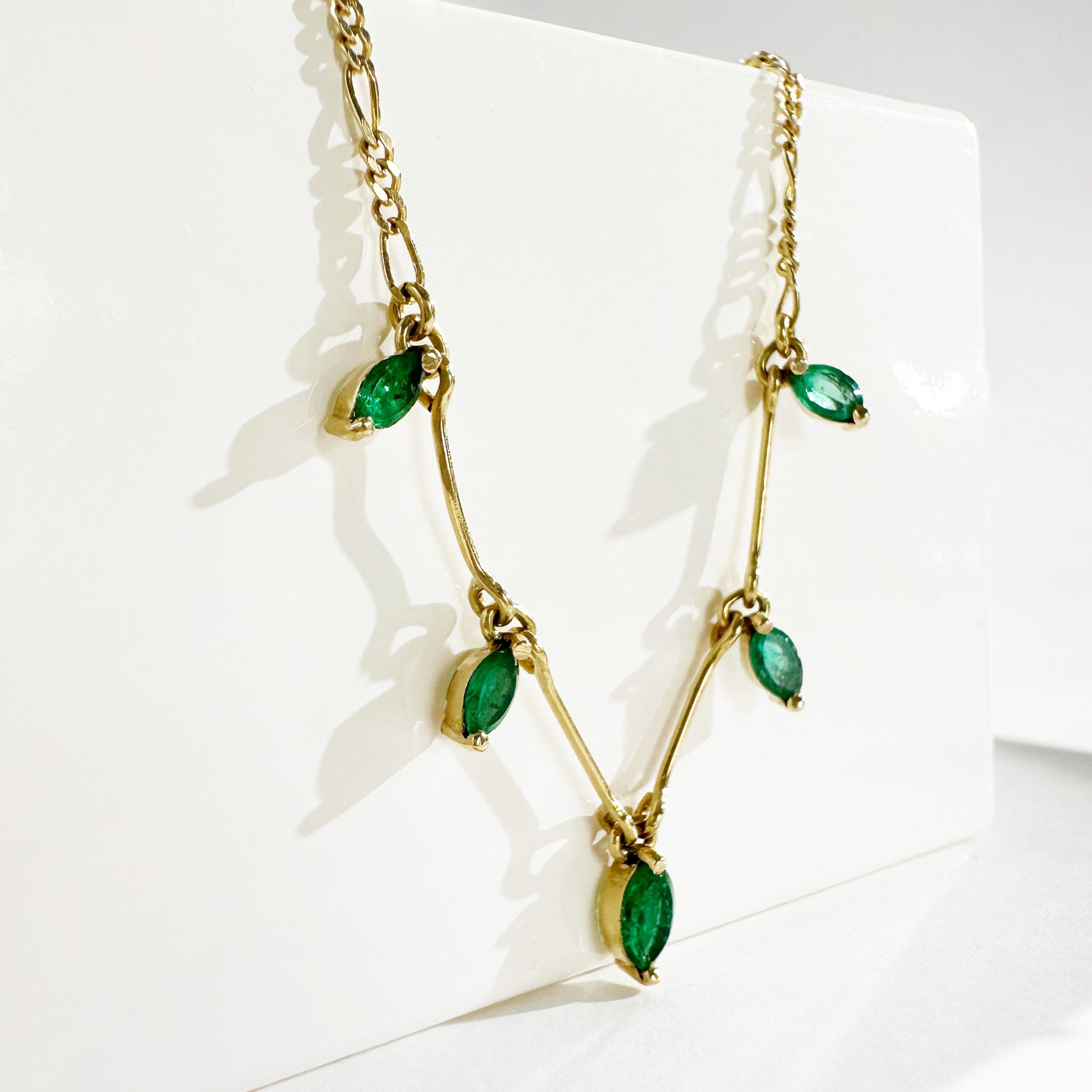A multi-faceted stone, opal fascinates with its wide variety of colors and its changing reflections since the most ancient times. Associated with the month of October (alongside Tourmaline), opal was the subject of more than one legend around the world. Let’s discover all its secrets in this article.
HISTORY OF OPAL
The history of opal is rich, and its unique beauty has led many writers to compare it to a volcano, galaxies or fireworks. Its name comes from the Sanskrit “Upala” which means gem or gemstone. This would have given the Latin Opalus and the Greek Opallios, which mean “to see a change of color.”
In Australia, the Aborigines called it the “rainbow snake”. Legend has it that the creator god combined the colors of the rainbow into an opal.

The Romans saw it as a sign of hope and purity. They were the ones who organized the first opal markets. The story goes that Mark Antony banished a senator who refused to sell him an opal that he intended to gift to Cleopatra and which is now estimated to be worth about 60,000 Euros.
In the 19th century, it was the German mineralogist Johannes Menge who made Australian opals known in Europe, through a book in which he recounts his discovery.
Opal lost popularity following the publication of the novel “Anne of Geierstein” (1829) by the Scotsman Walter Scott, in which the gem was described as “unlucky”. Queen Victoria (1819-1901) contributed to the promotion of Australian opals and fought against this superstition of the century.
MAJOR OPAL DEPOSITS IN THE WORLD

The most well-known deposits are Australian and have yielded extraordinary stones. More recently, the Welo region in Ethiopia has produced many exceptional crystal and chocolates opals. The latter are currently supplanting Australian stones on the market.
Furthermore, the most beautiful fire opals come from Mexico.
Slovakia was also the producer of the most beautiful noble opals in the world before the discovery of the Australian deposits and then the Ethiopian deposits.
COMPOSITION OF OPAL
Opal is the only gem that reveals its beauty without the help of the lapidary. In mineralogy, opal is said to belong to the group of minerals whose crystal system is “amorphous”. Opal minerals can be composed of up to 20% water. Thus, crystals do not have a particular shape and are often cut into cabochons in order to preserve its play of light.
On the Mohs scale, opal has a hardness of 5.5 to 6.5. This makes it a soft mineral, which can crack during the jeweler’s work. It is for this reason that opal is highly sought after when it is mounted, pear-shaped or triangular, as it is an exceptional work.
Opal’s infinite palette of hues and colors comes from its mineral composition, rich in silica.
THE COLORS OF OPAL
Opal stones are divided into several gem varieties. Noble opals, of excellent quality are considered as precious stones and are highly sought after in jewelry to set gold or silver jewelry.
Here are some of the most well-known opals:
– White opal, translucent or semi-translucent like glass. It is the most well-known and sought-after opal in the world.
– Fire opal is also translucent but orange yellow in color. It is sometimes referred to as “Mexican opal”.
– Black opal, opaque or translucent in dark color, has incomparable plays of light.
– Water opal or hyalite opal, transparent or semi-transparent, it has light colors and exceptional plays of light. In daylight, the hyalite gem can display a green fluorescence that unofficially earns it the name “kryptonite”.
– Boulder opal comes from Australia, Queensland to be precise. It is a piece of rock in which there are veins of opals.*
OPAL SYMBOLISM
The Greeks considered opal to be a beacon of hope and a symbol of purity. It was reputed to increase clairvoyance, to make meditation and reflection easier, to improve intuition. Today, in lithotherapy, these virtues are still attributed to opal. The Stone of the natives of October, it is said to appease and soothe, promote love and tenderness, and improve the sentimental life of Gemini and Aquarius.
 en
en
 Français
Français


